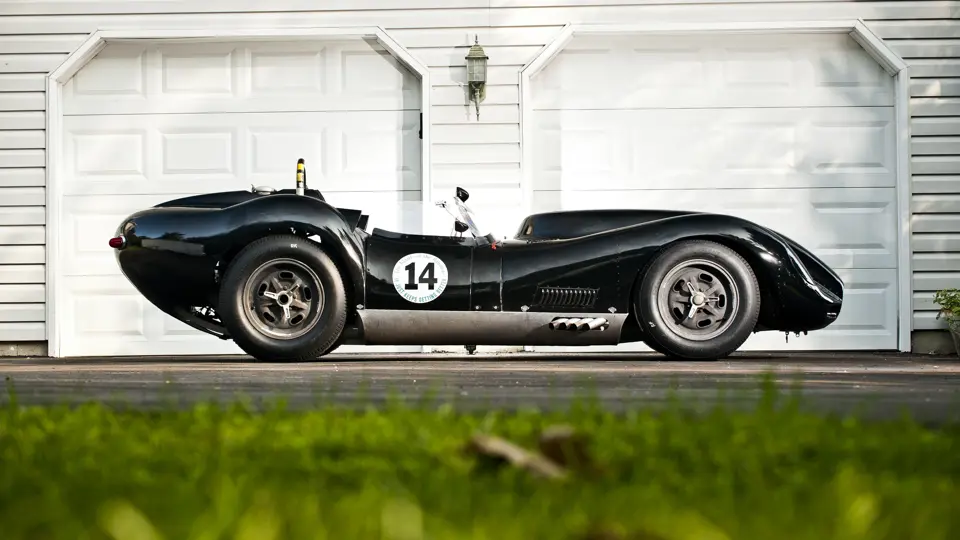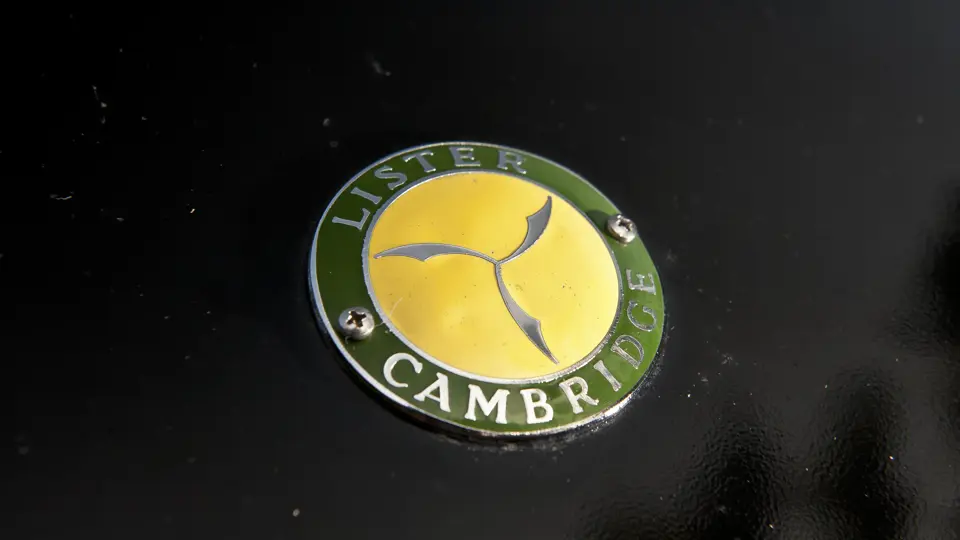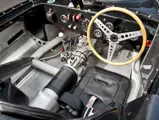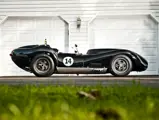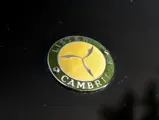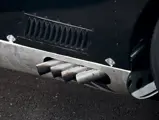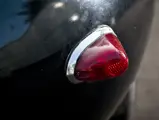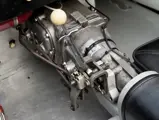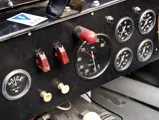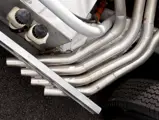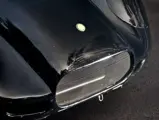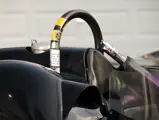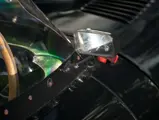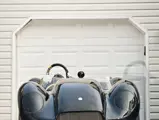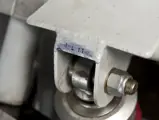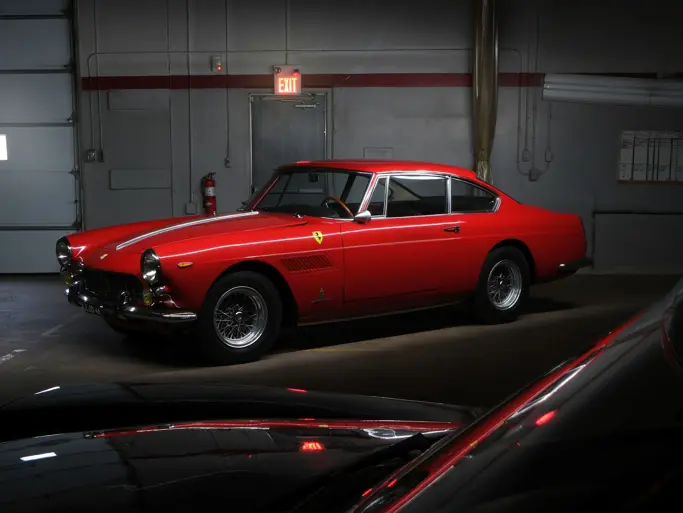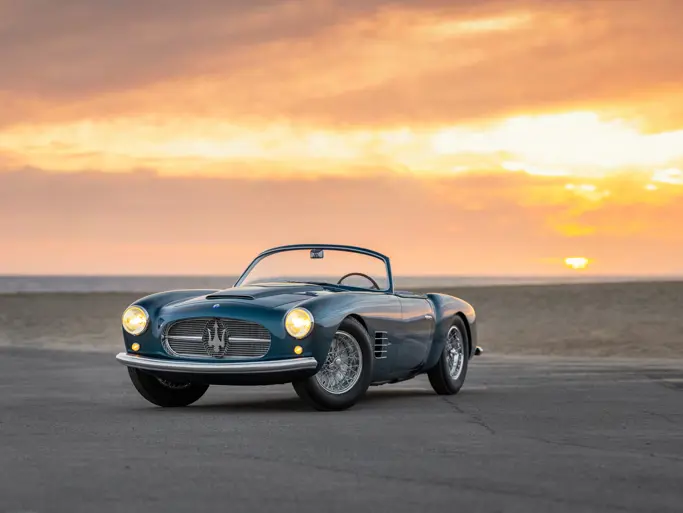352 cu. in. Chevrolet V-8 racing engine on Kinsler fuel injection and dyno-tested @ 628 bhp @ 6,300 rpm and 520 lb. ft. @ 4,300 rpm torque; T-10 four-speed Borg Warner gearbox; 3-75:1 Dana rear end; 3-inch diameter tubular ladder chassis with fabricated steel uprights acting as suspension mounts; independent front suspension with unequal A-arms and coil-over tubular shock absorbers; rack and pinion steering; De Dion rear end located by parallel radius arms and a central sliding block assembly; four-wheel Girling disc brakes; rears in-board mounted; 16-inch lightweight magnesium Halibrand centre-lock road wheels with Dunlop racing tyres; alloy body panelling by Williams & Pritchard. Wheelbase: 2,305 mm
• Genuine three-owner Knobbly Lister-Chevrolet
• Single ownership since 1969
• Complete professional restoration
• Three-decade long career in CASC, SVRA and VSCCA historic events
• Outstanding historic racing candidate; a true D-Type, Chaparral 1 and “Birdcage” fighter!
GEORGE LISTER & SONS: THE EARLY YEARS
In 1890 George Lister set up a general engineering and metal fabrication partnership in Abbey Road, Cambridge. In 1919 the company was renamed Geo Lister & Sons. Raymond and Brian Lister later became directors, acceding to joint Managing Directorship in 1954 upon their parent’s retirement. Brian Lister, born in 1926, followed his engineering apprenticeship with two years in the RAF. As a confirmed jazz fan, he played drums and vibraphone with Cambridge-area bands, later being voted SE Britain’s most outstanding drummer. In 1948, and still in the RAF, he raced a Morgan 4/4. Soon he built a Cooper-MG, and his company also supplied parts for various John Tojeiro racing cars.
In 1952 Tojeiro built a special for Brian called the Tojeiro-JAP, which had a V-twin JA Priestley engine in a Cooper chassis. Brian named this fearsome device the “Asteroid” but said, “It would vibrate the fillings out of your teeth and when someone suggested I change the name to ‘The Haemorrhoid,’ I dropped the name.” Later that season Brian decided he “had too much imagination to make a proper racing driver” and let a fellow clubman take the wheel. William Archibald Scott-Brown who, despite the physical handicap of having been born with a malformed right arm, was to become a phenomenally quick racing driver and Brian Lister’s lead factory pilot.
By 1953 Brian Lister realised that it was a wasted opportunity to race a car built by others when he should be promoting his own company’s engineering skills. Therefore, with his father’s support in the form of a £1,500 loan, Brian sat down with a clean sheet of paper to design his first Lister Sports Racer. From the outset his intention was to sell replicas of the new car, provided of course, that the prototype proved to be successful. Although the first Lister, MER 303, was MG-powered, the basic design of every aspect of the car, chassis, suspension, weight distribution and the general layout was so well engineered that it was to serve as the basis for every Lister built in the decade thereafter.
With Scott-Brown at the controls, MER 303 first raced at Snetterton on 3 April, 1954 with predictable results—first overall for BL 1!
BL 2, now Bristol two-litre powered and registered MVE 303, raced in the 1955 season, with many podiums for Scott-Brown and Stirling Moss providing a thrilling finish to the season in MVE 303 as he battled Salvadori in a Maserati at the September Goodwood “International.”
As Brian Lister had hoped, and likely to the relief of his father who had at first been slightly sceptical of his son’s chances in the racing car business, customer orders now rolled in. BHL 3, BHL 4, BHL 5, BHL 6, BHL 7 and BHL 8, mostly Bristol two-litre powered, were all registered in 1955 to be raced by top drivers like Moore, Sears, Hampshire and Cunningham-Reid. 1955 proved to be a huge success for Lister cars with Archie Scott-Brown winning 13 races and the customer cars adding a further 10 wins. During 1956 when Brian Lister was persuaded to shoe-horn a Jaguar engine into a customer car (BHL 12) and was encouraged by Archie who predicted overall major race wins, he decided to build the first factory Jaguar 3.4-litre Lister. Based on the old MVE chassis, this much modified and re-bodied car really put the marque on the front pages of the sports news, with Scott-Brown winning outright at such venues as Goodwood, Oulton Park, Snetterton and Crystal Palace, usually out-qualifying and out-running all the factory entries from Lotus, Jaguar and Aston Martin.
After this shattering first season for the Works Lister-Jaguar, which saw Archie start in 14 major races, winning 11 of these, a line of would-be customers formed up at Lister’s little factory in Abbey Road. Encouraged by this, Brian, who was also now aware of the potential export market for large-engine Listers in the new North American pro-series, began to finalise the plans for the 1958 production of the Lister Jaguar “Knobbly” range. For this, Lister adapted a 100-series three-digit chassis numbering system, with the first two, BHL 101 and 102, going to the Cunningham Team. Further cars went to Ecurie Ecosse, Peter Whitehead and Equipe Nationale Belge, while two cars were retained for Lister’s own works effort.
However, to remain competitive in the USA, nothing but Chevrolet V-8 power would suffice, and five such chassis including the car presented here, BHL 110, were ordered through dealers Carroll Shelby, Kjell Qvale and Seattle-based Tom Carstens in 1958.
HISTORY OF BHL 110: A GENUINE THREE-OWNER “KNOBBLY” LISTER-CHEVROLET
Imported less engine but fitted with the factory modifications for the Chevrolet V-8, BHL 110 was originally sent to importer Tom Carstens for his team’s own use. It won the first time out, but his friend, well known driver Bill Pollock with sponsorship from Indy Car entrant Al Dean of Dean Van Lines, persuaded him to part with it, less V-8, in mid-1958. The chassis was sent to famed engine builder Bruce Crower in San Diego to be powered and prepared for its Riverside Pro race debut. Pollock’s adventures in that race are wonderfully recounted in a March 1959 issue of Sports Cars Illustrated. Essentially the knobbly-bodied Lister’s “aero-lift” was discouraged by the fitment of 6:00 front and 7:50 rear Englebert tyres, which would “rake” the car somewhat. Despite the other problems of engine overheating and dodgy brakes, Pollock worked his way up to fourth overall prior to a massive spin when the brake pedal went to the floor. After a second off-track excursion caused by rear wheel lock up, a hot and tired Pollock was classified as a fine eighth overall in the LA Times Grand Prix.
The next owner, Fike Plumbing of Phoenix, Arizona, ran BHL 110 for two years with hot shoe Don Hulette scoring a “consie” win at the 1960 LA Times Grand Prix. However, in the main event that weekend, Hulette crashed with the ensuing fire damaging BHL 110 further but fortunately not injuring the driver. The Lister remained near Riverside with interim keeper Klaus Hubert until purchased by the current owner in 1969.
After a total restoration completed in the early 1980s, our Lister-Chevy has enjoyed a 30-plus year career in CASC, SVRA and VSCCA Historic events as detailed by no less than four complete logbooks included with the sale. Initially Brian Lister himself was consulted prior to the restoration of the damaged chassis and recommended that this could, and should, be repaired rather than replaced. The old bodywork was beyond repair, but new alloy panels were ordered from original UK-based builder Williams & Pritchard. The restoration also reused many other original parts, including the differential and other drivetrain and braking components.
After three decades of North American historic racing, BHL 110 was treated to a complete second restoration two years ago, the whole car being stripped down to the bare chassis with all the important running gear parts being crack tested. At this time, the engine, gearbox and brakes were also rebuilt with only minimal track time recorded since its full refurbishment.
Lister Sports Racers have long remained competitive in the front-engined ranks of historic racing, which include such icons as the D-Type Jaguar, Chaparral I, Maserati “Birdcage” and various Ferraris. A purchase of BHL 110 within our catalogue estimate range is an astute decision considering the current astronomic prices of all the former.
A reduced import tax of 5% may be applicable to this car. For further explanation please speak with an RM representative.
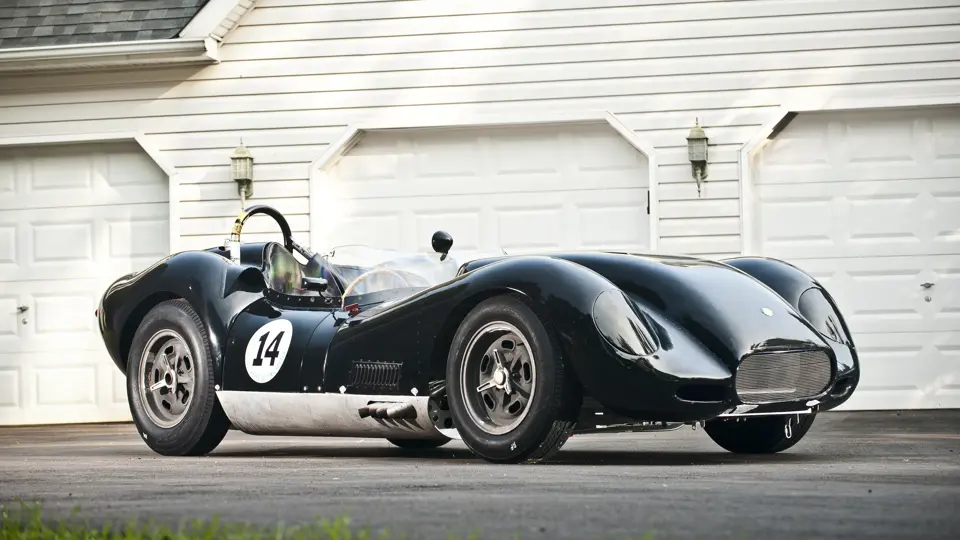

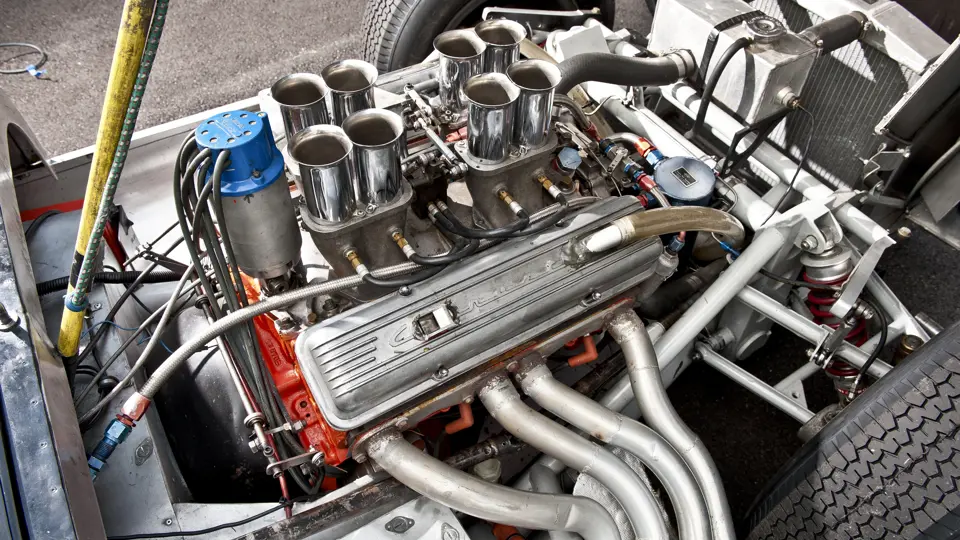

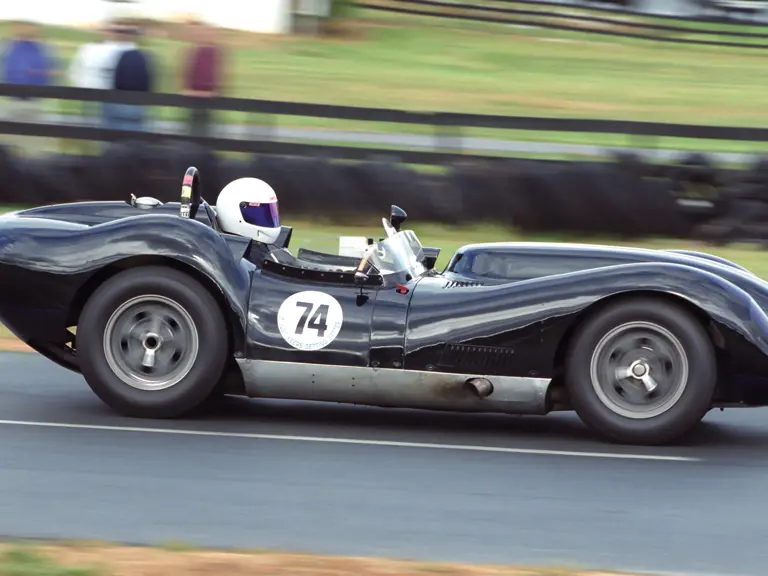
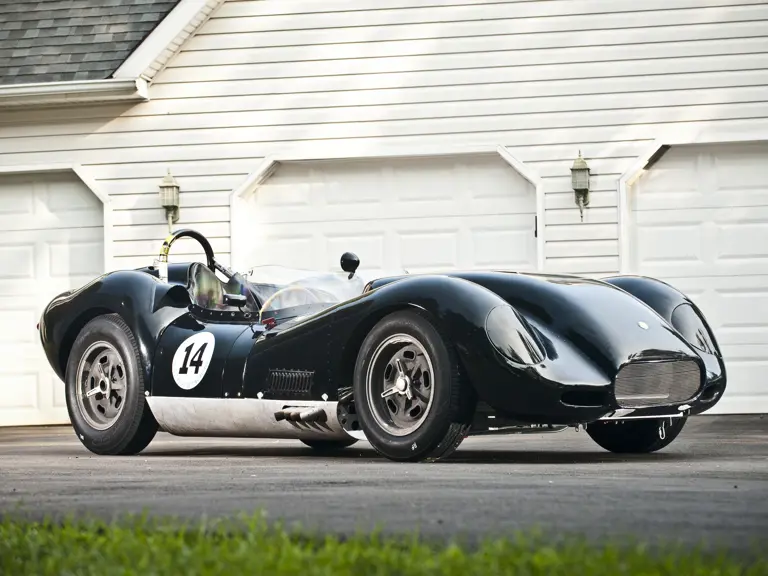

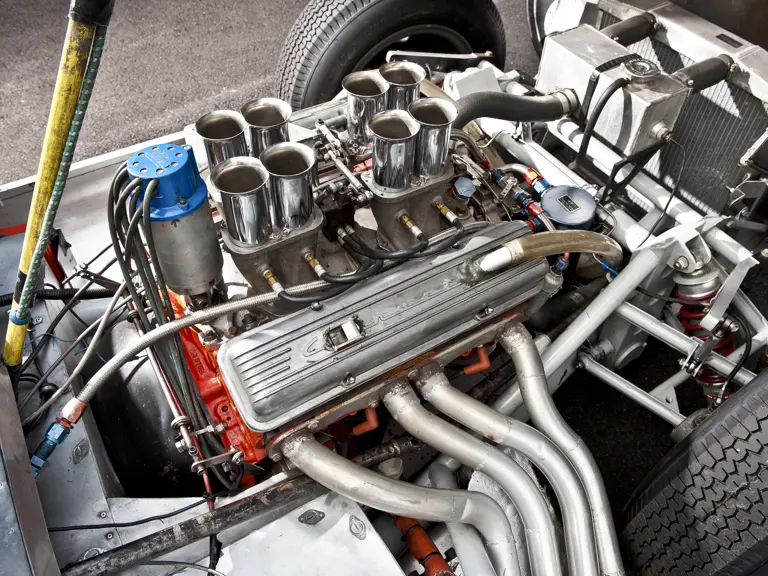
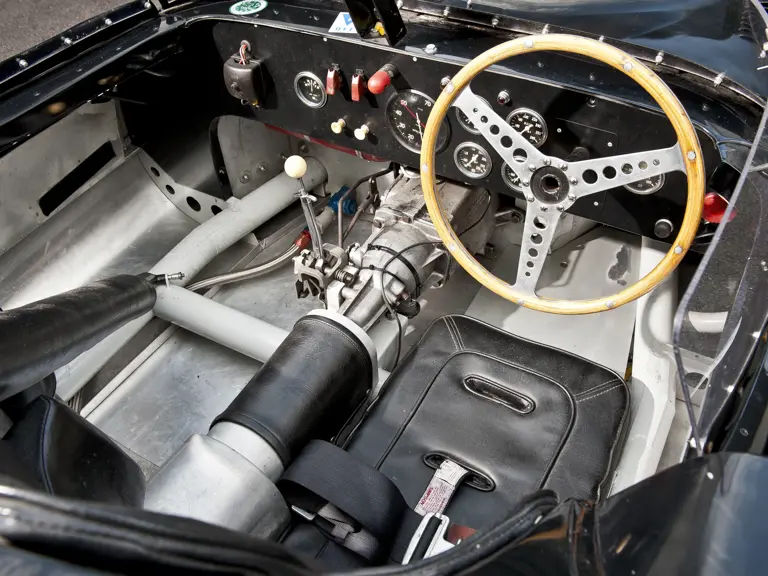

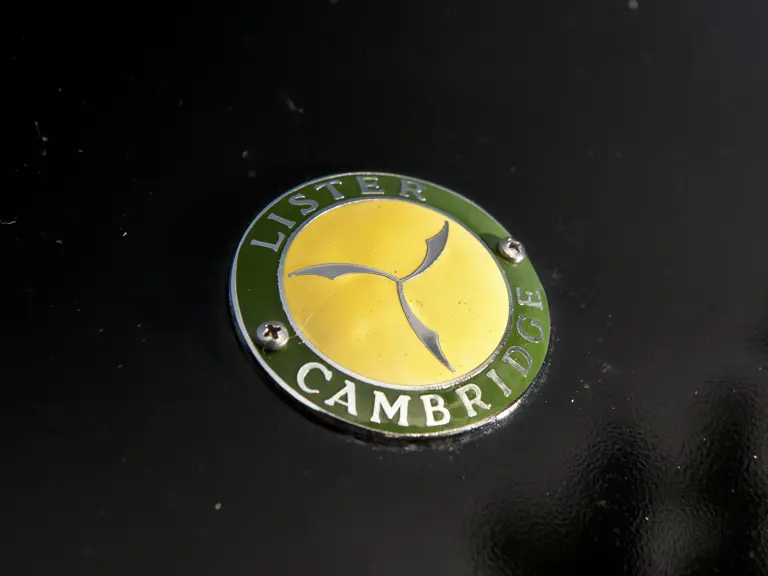
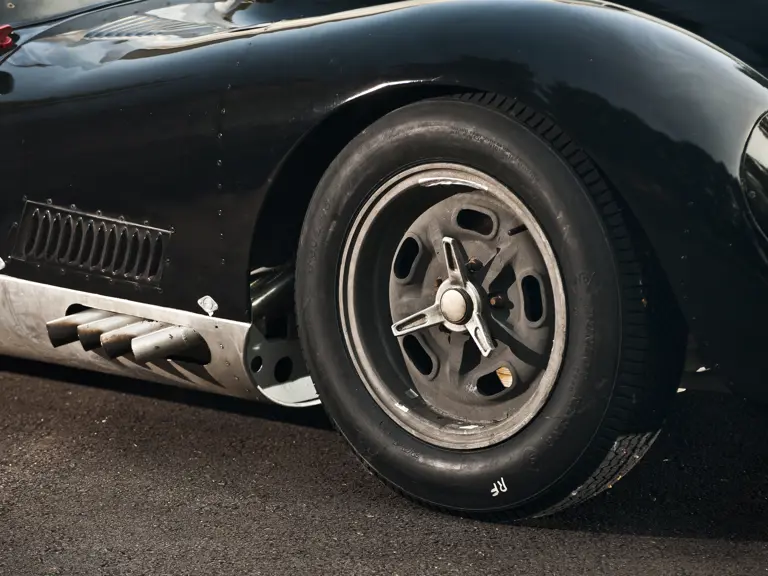
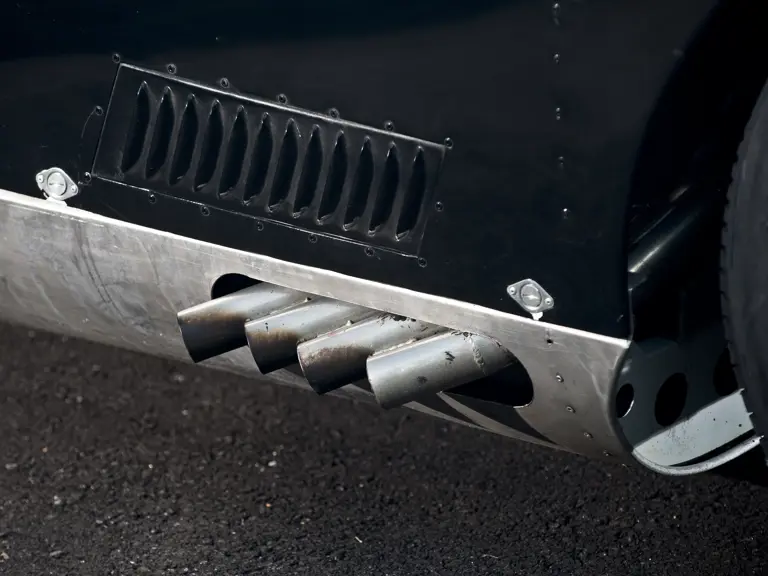

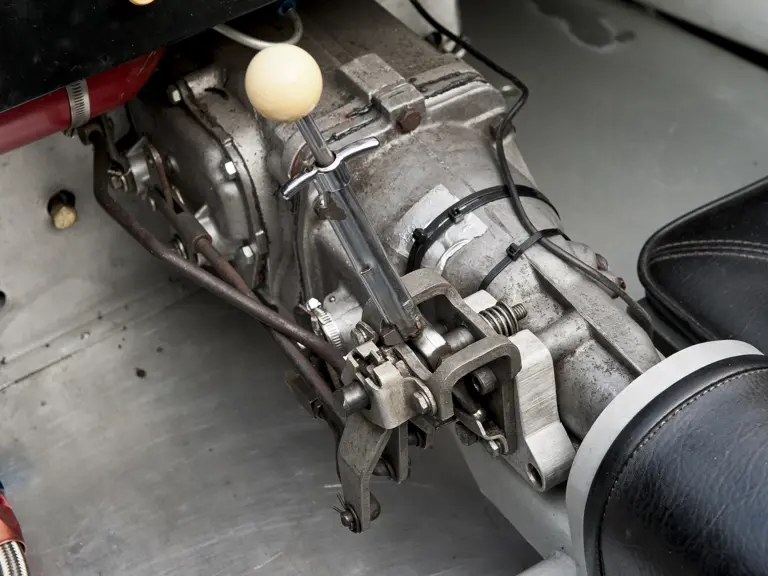


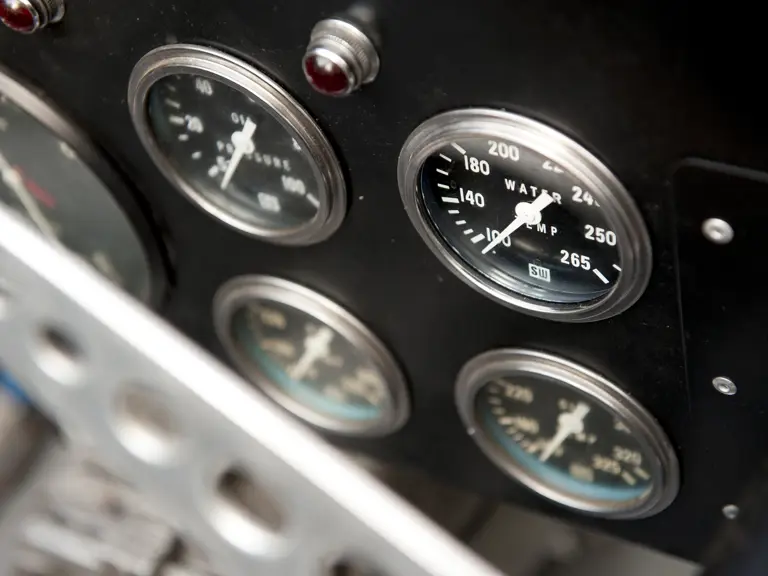



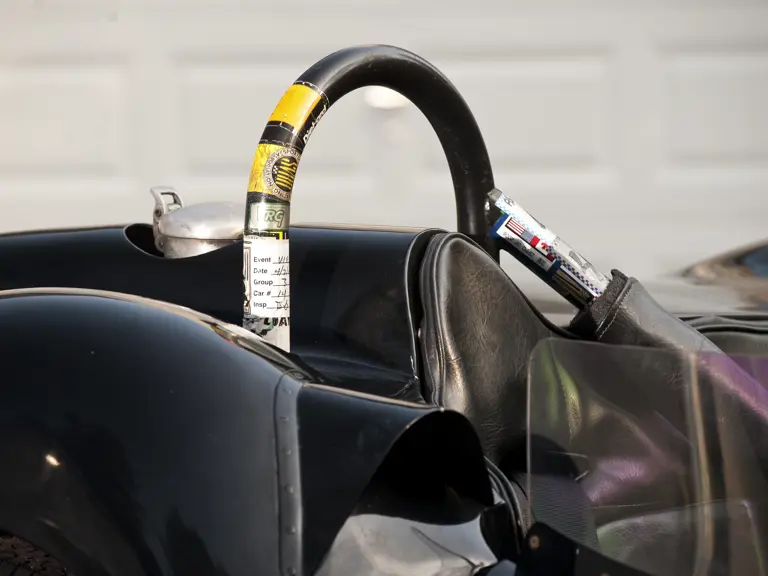
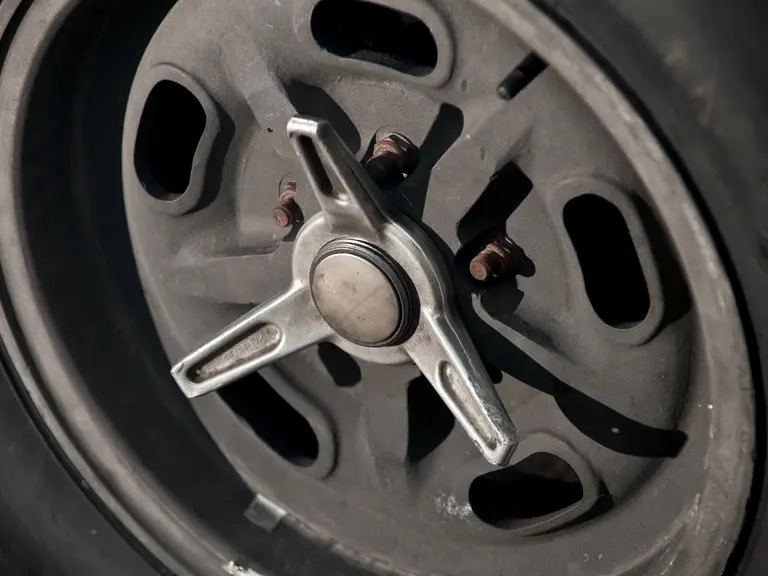

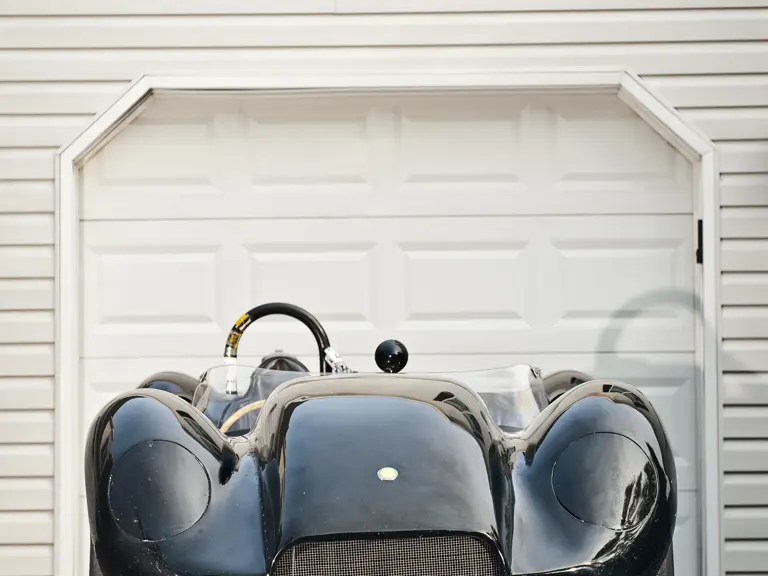

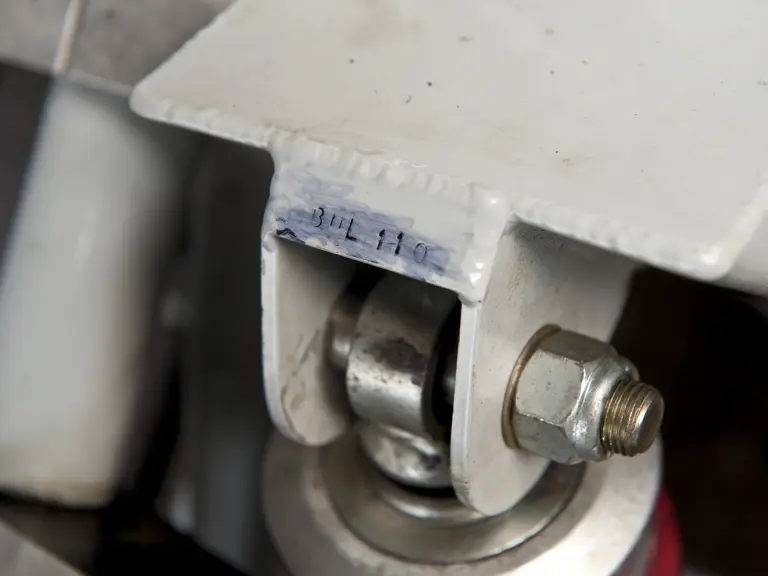

 | London, United Kingdom
| London, United Kingdom

